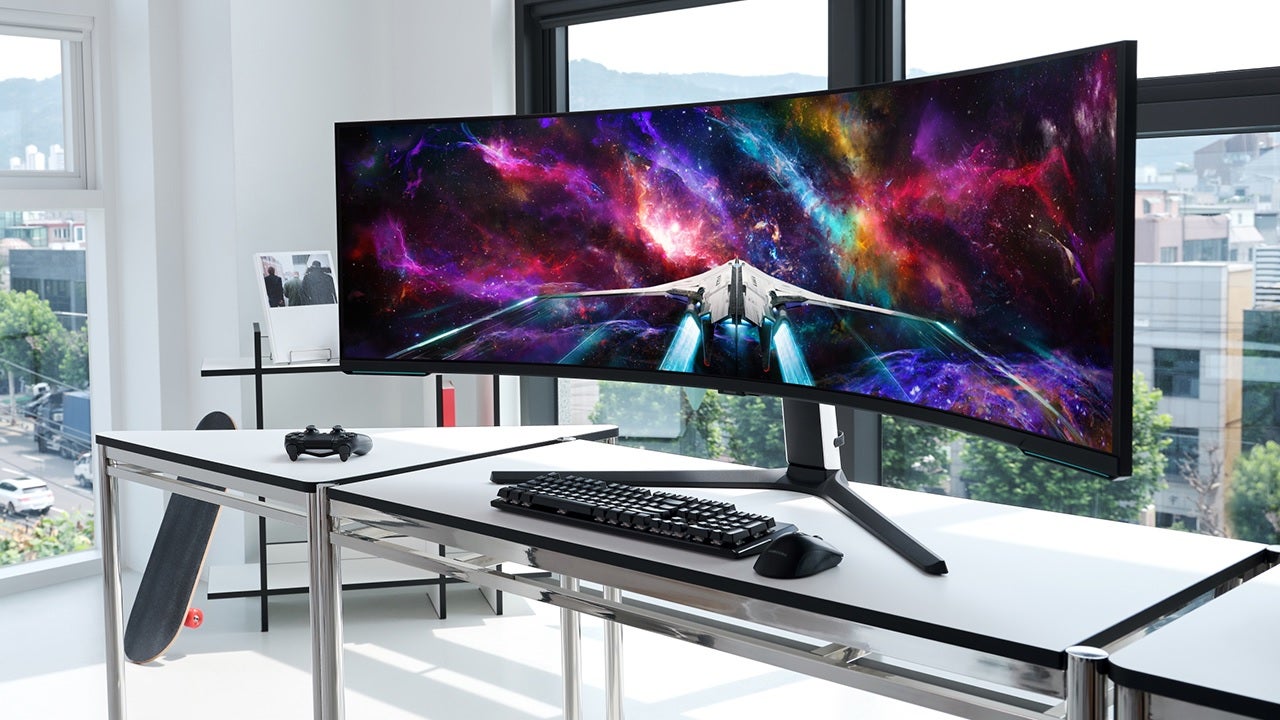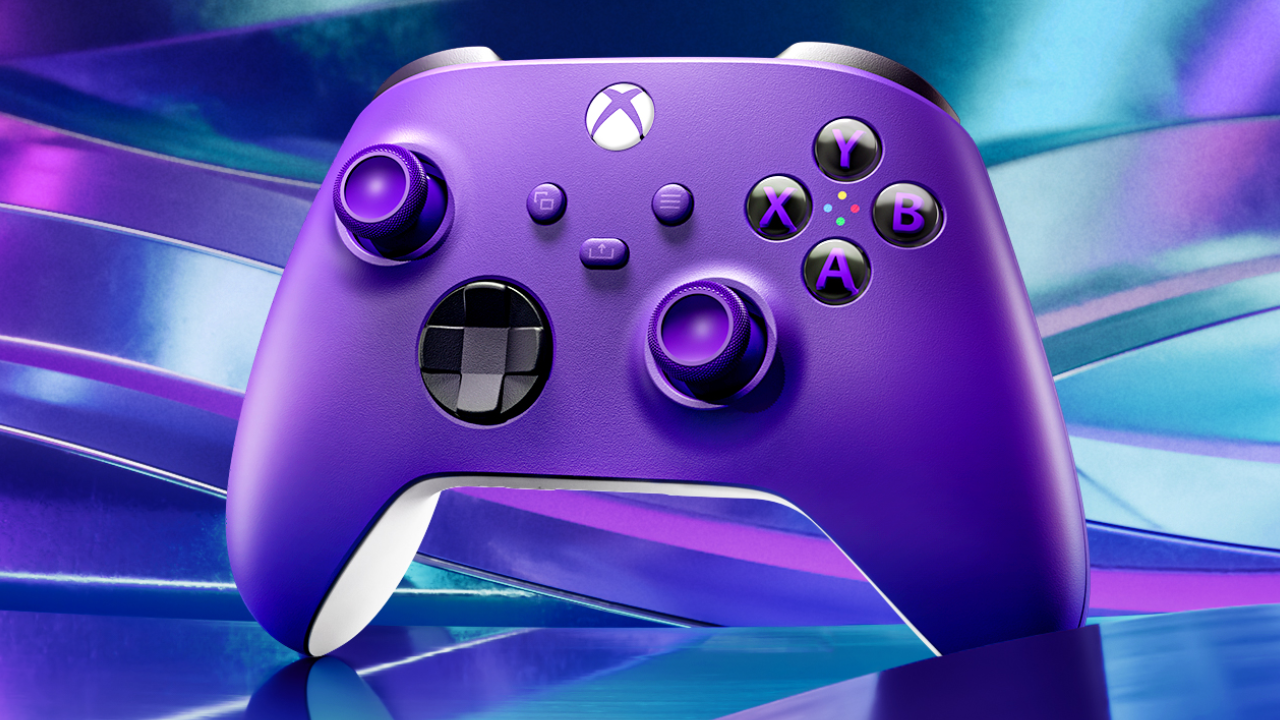Activision’s yearly festive treat is back. The IW engine, now in its ninth iteration, remains relatively static since the start of the current generation. There has been some regression on consoles at least, with Call of Duty: Black Ops Cold War’s ray traced shadows no longer present. The PC offers DLSS and FSR options, which are necessary, even on my RTX 3080, if you want to hit 4K/60fps on Extreme settings. All three consoles offer two performance modes: a high resolution 60fps mode and a reduced quality 120fps mode. The real difference between the modes are as follows.
Xbox Series X and PS5 are identical in their base 60Hz modes. They both output at a full 3840 x 2160 with identical settings, and this is reconstructed from a base of 1920 x 2160, as per the previous two games. Xbox Series S sports a close match, visually, aside from small reductions on textures, alpha effects, bloom and shadows, but the biggest reduction is resolution, with it targeting a 2560 x 1440 output and then scaling or reconstruction from a 1280 x 1440 base.
The 60fps mode on PS5 and Series X is boring from an analysis perspective but great from a gameplay one. In one of the heaviest levels at the start of the campaign, we get a locked and stable 60fps readout from both Series X and PS5. Even when swamped with post processing effects, alpha, enemies and multiple shadow-casting lights, we get no deviation from that flat line, with later levels backing this up. All versions likely run an adaptive V-sync that helps any moments that dip below the required 16ms frame time, ensuring it still feels as fluid as possible. The Xbox Series S is the only one that registered tearing in my testing, as it struggles to stay close to that 60fps target on some levels. The opening, and largely most impressive mission, is the worst case tested. This is likely due to being bound on bandwidth and fill-rate in the heavy rain, bloom, lights, shadows, and action. In these situations, it can tear aggressively over the height of the screen, leaving performance around the mid 40s to low 50s but dipping more in worse case sections.
Later levels revert to larger, more open areas and fewer scripted sections, many of which are simply Multiplayer Warzone maps being reused within the campaign as a “mission”. The AI is terrible, and it plays like a standard Warzone game with Bots, but these are not as taxing on the GPU and possibly lean more on the CPU. Due to the open, wide levels, you get high geometry when in the faster 120Hz mode. At 60fps though these missions present a much better job keeping within the 16ms frame time, and with variable rate refresh enabled at 60fps, we only drop a handful of frames, which resolves the tearing whilst maintaining fluid controls.
Going Pro
High refresh rate is the real MVP of such a high octane, fast-paced shooter, especially when playing online, and this is where the 120Hz mode comes in. All three consoles offer the mode, but you need to enable it within your operating system menu. Repeating the opening level on both PS5 and Xbox Series X, we now see frame rates hover between the 70s and 90s, but with some dips into the 60s in the worst case. Both consoles see almost identical GPU-limited performance here, and although not a huge increase over the 60fps mode, the visuals are close to identical, albeit at a lower resolution.
The open levels lean a little less on the GPU, and we see faster performance as such. It’s much harder to align the action between both consoles, but following the same benchmarking route, both consoles average into the 100fps range on frame rates, with the Xbox Series X offering slightly better performance – on average in these tests it was up to 12% faster. Although this is a real advantage, at these high frame rates it is more academic, as both feel very smooth and responsive to play and the difference largely goes unnoticed. This is where Variable Refresh Rate shines, as without it this mode can tear constantly on all formats. Turning VRR on is an obvious choice to make if you can. Even if there is a bit of a noticeable impact to image quality, it is a worthy cost for the performance gain.
While I wouldn’t say that Variable Rate Refresh is required on all consoles, the Series S really benefits from it in both modes as it can struggle to hit 60fps in some levels. Although these open-ended, Warzone-like missions are less taxing and we do get much better performance, tearing is constant, meaning VRR offers a tangible boost to input times and image quality.
Across the current Generation consoles, Modern Warfare 3 stands as a game that really benefits from 120Hz and a VRR screen, especially on the Xbox Series S. The PS5 and Series X remain the best place to play on consoles, with the Series X just pipping the PS5 in that 120Hz screen. My recommended way to play is with that enabled alongside VRR and in both single and multiplayer, you will have your feet firmly on the ground, even if it feels like we have walked in these boots for a million miles already.







